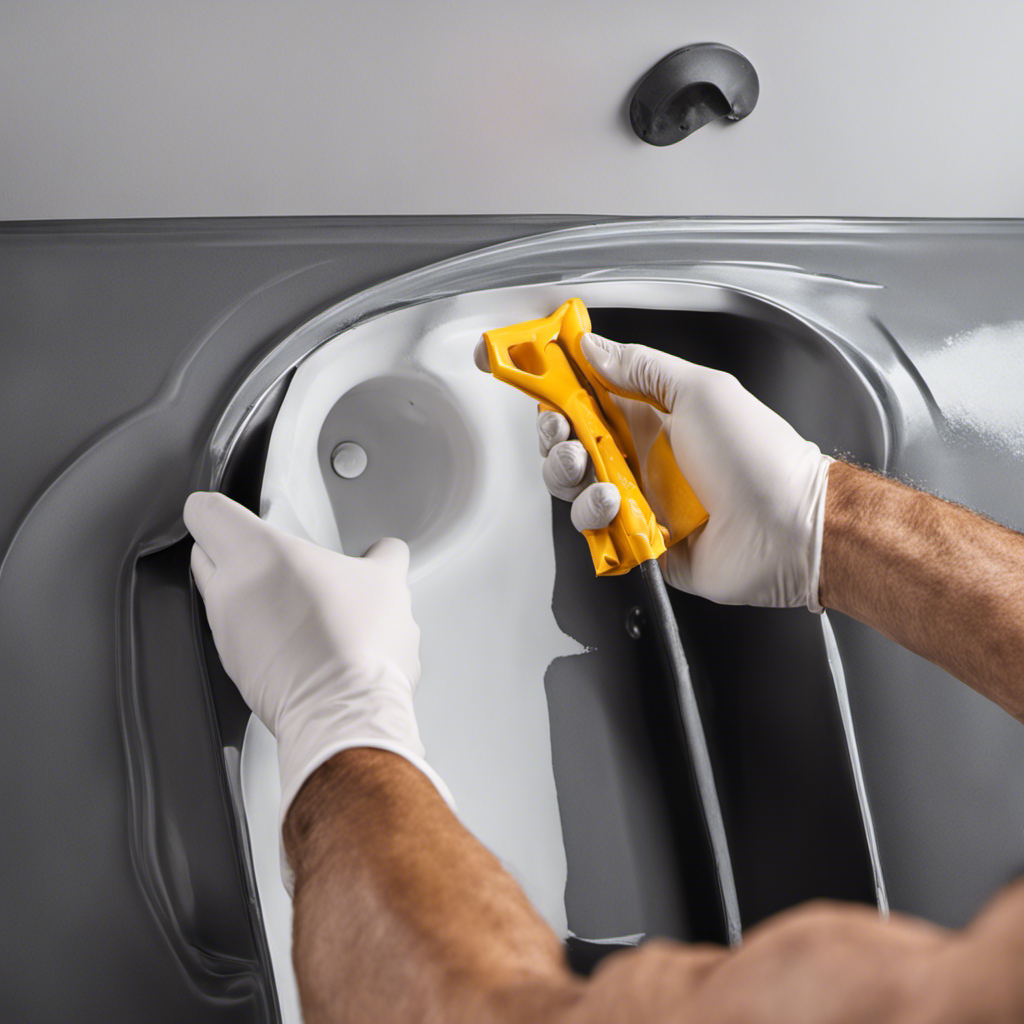Have you ever experienced the frustration of a toilet that just won’t fully flush? We understand your annoyance, and we’re here to shed some light on the matter.
In this article, we’ll explore the reasons behind this partial flushing phenomenon. From a faulty flapper valve to a low water level in the tank, we’ll cover all the possible culprits.
So, join us as we dive into the world of toilet mechanics and unravel the secrets of this perplexing issue. Let’s get started.
Key Takeaways
- Partial flushing can be caused by a faulty flapper valve, low water level in the tank, blocked or restricted toilet jets, or a malfunctioning flush valve.
- The effects of partial flushing include wasted water, incomplete removal of waste, increased water bills, potential for toilet clogs, and reduced toilet efficiency.
- Adjusting the float arm and cleaning mineral deposits are two potential solutions for resolving partial flushing issues.
- Other potential solutions include replacing a malfunctioning flapper valve, adjusting the water level in the tank, checking for clogs in the water supply line, and considering water-saving toilet options or a dual-flush system.
Faulty Flapper Valve
We often find that a faulty flapper valve is the main culprit when our toilets keep partially flushing. The flapper valve is a crucial component that regulates the flow of water from the tank into the bowl. Over time, the flapper valve can deteriorate or become misaligned, causing water to leak from the tank into the bowl, resulting in partial flushing.
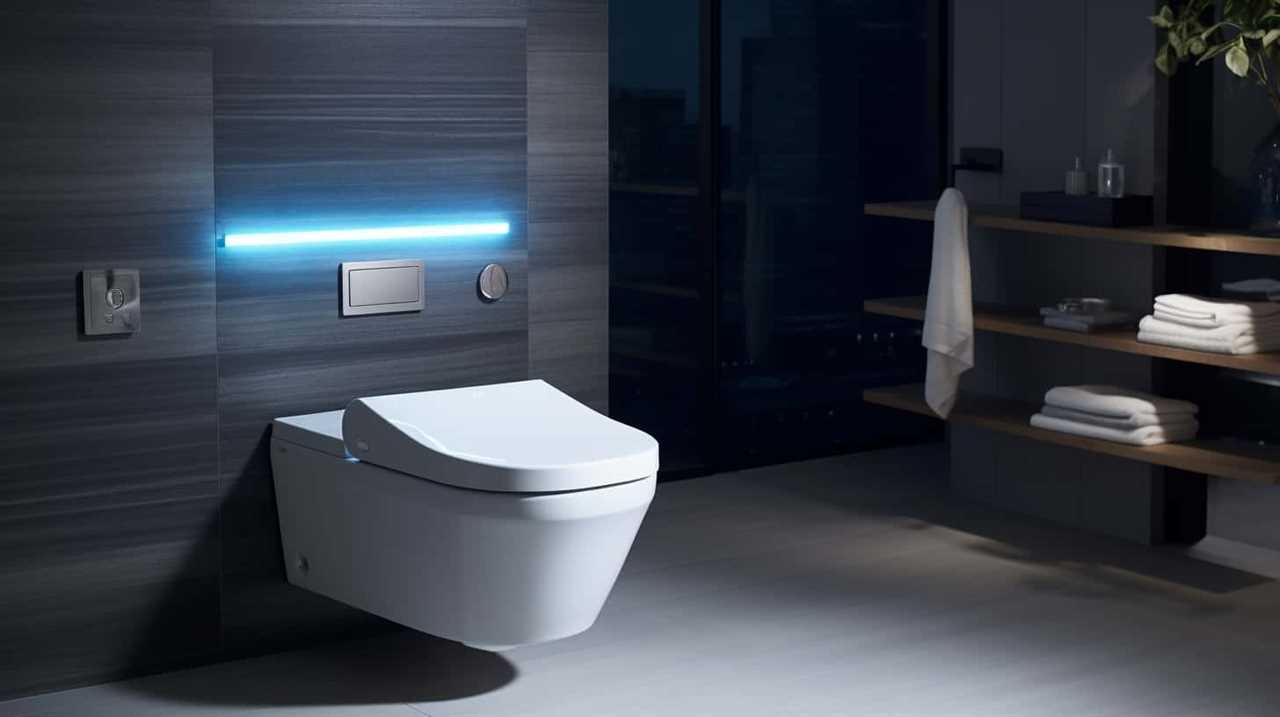
To resolve this issue, a flapper replacement is necessary. By replacing the faulty flapper valve with a new one, the proper sealing and functioning of the toilet can be restored. Additionally, it’s important to note that flapper valves are designed to work in tandem with water saving mechanisms, such as dual flush systems or low flow toilets. These mechanisms help conserve water and reduce unnecessary flushing.
Transitioning into the subsequent section about ‘low water level in tank’, it’s essential to consider that a faulty flapper valve can also contribute to a low water level in the tank.
Low Water Level in Tank
To continue our examination of the reasons why toilets keep partially flushing, let’s now address the issue of a low water level in the tank. This can be caused by a variety of factors, including a clogged supply line or inadequate water pressure. Here are some key points to consider:
- A clogged supply line can restrict the flow of water into the tank, resulting in a low water level.
- Insufficient water pressure can also lead to a reduced water level, as the tank may not fill up completely.
- Check for any obstructions in the supply line, such as debris or mineral deposits, that may be causing the clog.
- If the water pressure to your toilet is consistently low, it may be necessary to adjust or repair the water supply system.
- Regular maintenance, including cleaning the supply line and ensuring proper water pressure, can help prevent low water levels in the tank.
Blocked or Restricted Toilet Jets
Examining the mechanics of a toilet, one possible explanation for why it keeps partially flushing is the presence of blocked or restricted toilet jets. The toilet jets, which are small openings located under the rim of the toilet bowl, are responsible for releasing pressurized water during the flushing process. When these jets become blocked or restricted, they are unable to create enough force to effectively flush the waste down the drain. This can result in a partial flush where some waste is removed, but not all. One common cause of blocked toilet jets is a clogged sewer line, which can lead to reduced toilet water pressure. To illustrate the importance of toilet jets in the flushing process, refer to the table below:
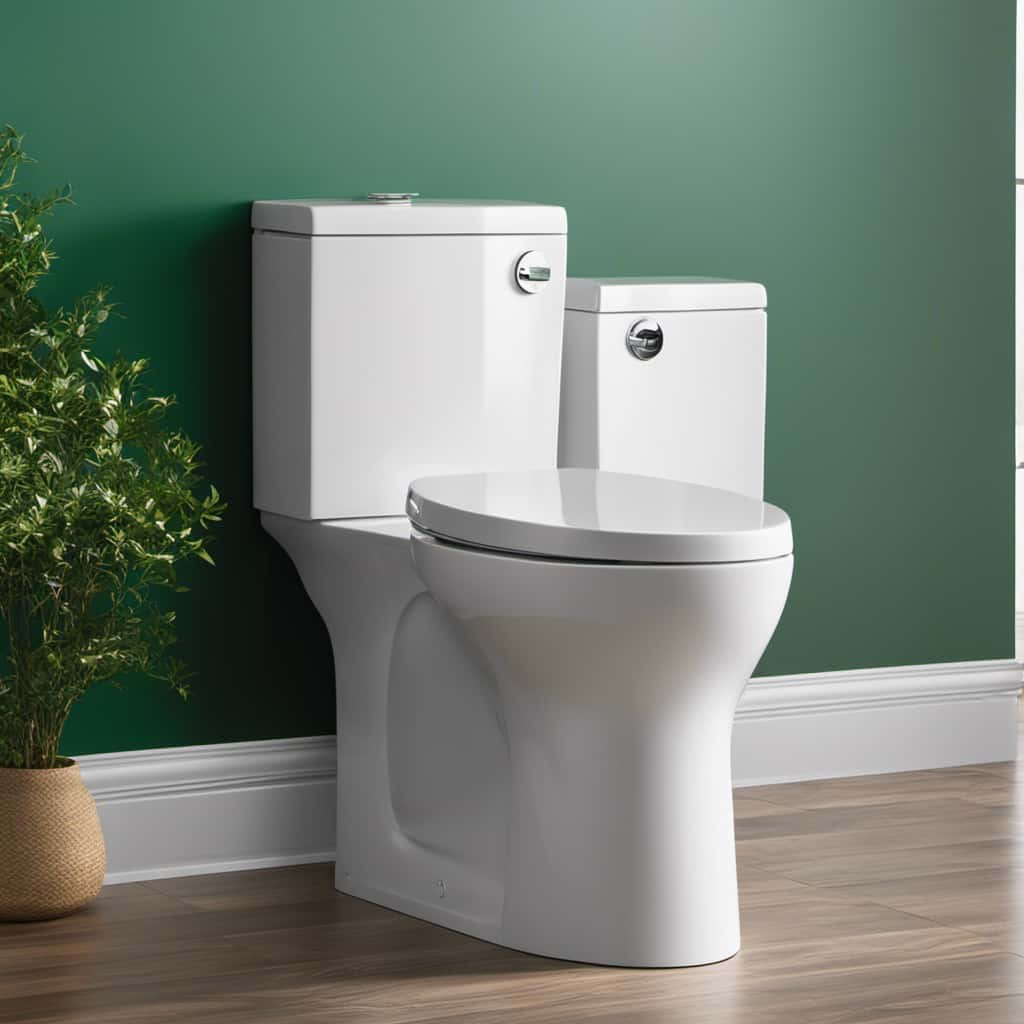
| Toilet Jets | Flushing Efficiency |
|---|---|
| Unblocked and Clear | Optimal |
| Partially Blocked | Partial |
| Completely Blocked | Ineffective |
Understanding the impact of blocked or restricted toilet jets helps us identify the need to address this issue promptly. However, if the toilet jets are clear, the malfunctioning flush valve may be the culprit.
Malfunctioning Flush Valve
One possible cause for a toilet continually partially flushing is a malfunctioning flush valve, which can result in inadequate water flow during the flushing process. A malfunctioning flush valve can prevent the proper amount of water from entering the toilet bowl during a flush, leading to incomplete flushing and potential clogs.
To address this issue, there are several DIY repairs that can be performed to fix a malfunctioning flush valve:
- Inspect the flush valve for any visible damage or debris that may be obstructing the water flow.
- Clean the flush valve thoroughly using a toilet brush or a solution of vinegar and water to remove any mineral deposits or buildup.
- Adjust the water level in the toilet tank to ensure the proper amount of water is released during each flush.
- Replace the flapper or rubber seal on the flush valve if it’s worn out or damaged.
- If necessary, consider replacing the entire flush valve mechanism to ensure optimal performance.
Regular toilet maintenance and addressing issues with the flush valve promptly can help prevent further problems and ensure proper flushing.
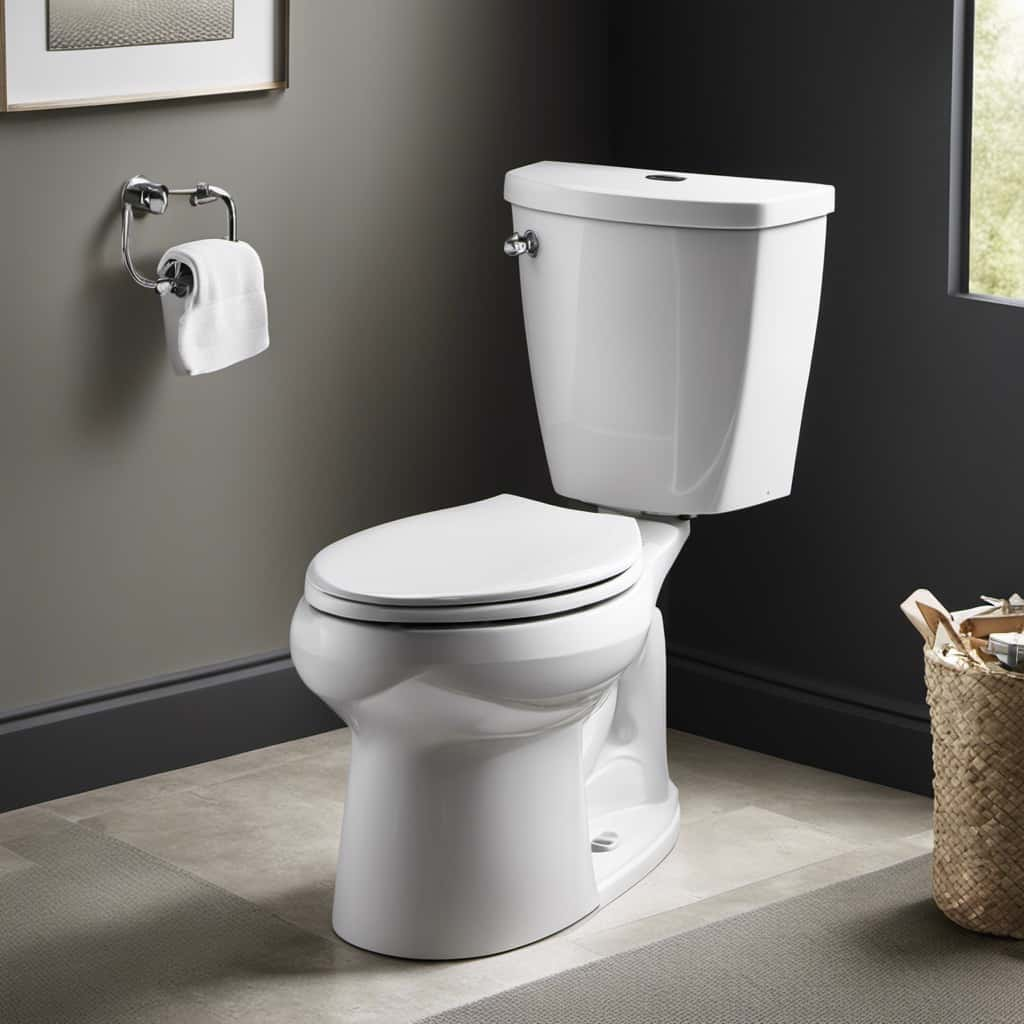
Improperly Adjusted Float Arm
Our toilet’s partial flushing issue may also be caused by an improperly adjusted float arm. The float arm is a crucial component of the toilet’s flushing mechanism, responsible for regulating the water level in the tank.
If the float arm isn’t properly adjusted, it can result in fluctuating water pressure and incomplete flushes. This can happen when the float arm is set too high or too low, causing the fill valve to not shut off at the appropriate water level.
Additionally, mineral deposits in the toilet tank can also affect the proper functioning of the float arm. These deposits can accumulate on the float arm, causing it to stick or move sluggishly, leading to partial flushing.
To resolve this issue, adjust the float arm to the correct position and clean any mineral deposits present in the tank.
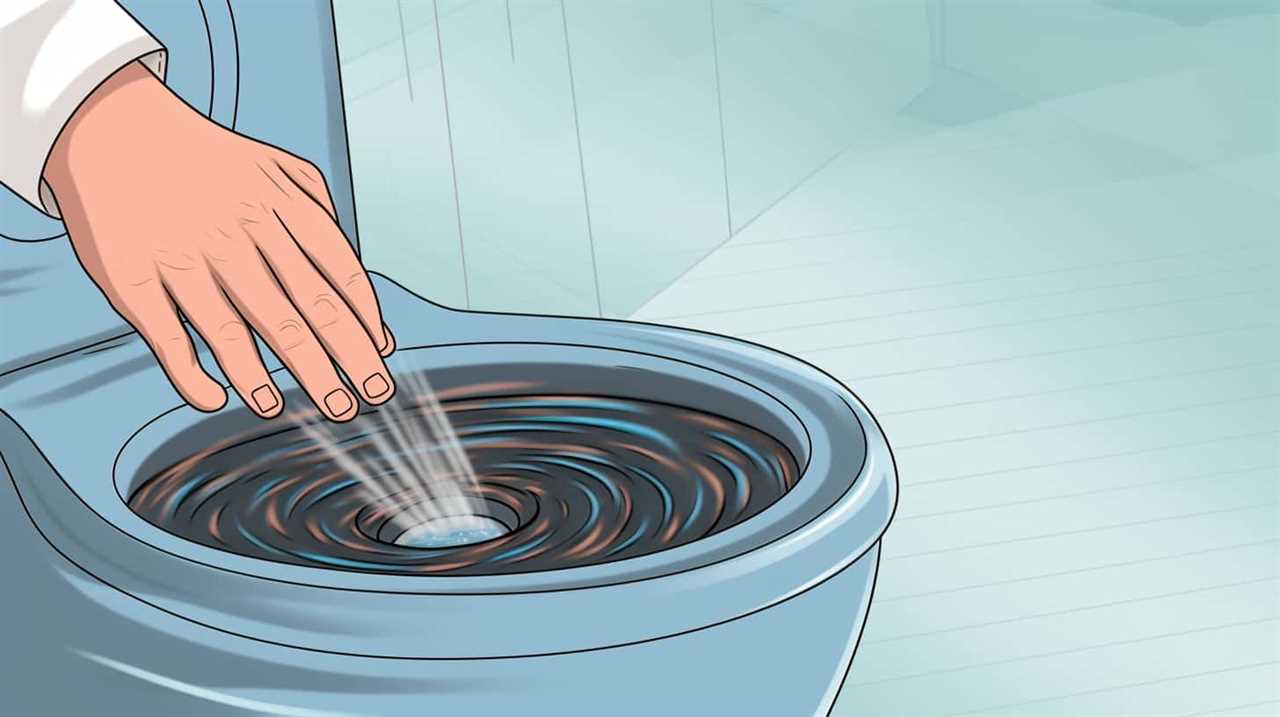
Frequently Asked Questions
What Are Some Signs That Indicate a Faulty Flapper Valve in a Toilet?
Determining flapper valve issues in toilets involves troubleshooting low water levels in tanks. Signs of a faulty flapper valve may include a continuously running toilet, water leaking into the bowl, or incomplete flushing.
How Can I Determine if the Low Water Level in My Tank Is Causing the Partial Flushing Issue?
To determine if low water level is causing partial flushing, we can perform a water level check in the tank. By troubleshooting techniques, we can identify if adjusting the water level solves the issue.
What Are Some Common Indications of Blocked or Restricted Toilet Jets Contributing to Partial Flushing?
Common indications of blocked or restricted toilet jets contributing to partial flushing include weak flushes, gurgling sounds, and water backing up in the bowl. To prevent toilet clogs, avoid flushing non-flushable items and regularly clean the jets.
How Can I Identify a Malfunctioning Flush Valve in My Toilet?
To fix a malfunctioning flush valve, we need to replace the faulty flapper valve. First, turn off the water supply to the toilet. Then, remove the old flapper and install the new one. Finally, turn the water supply back on and test the flush.
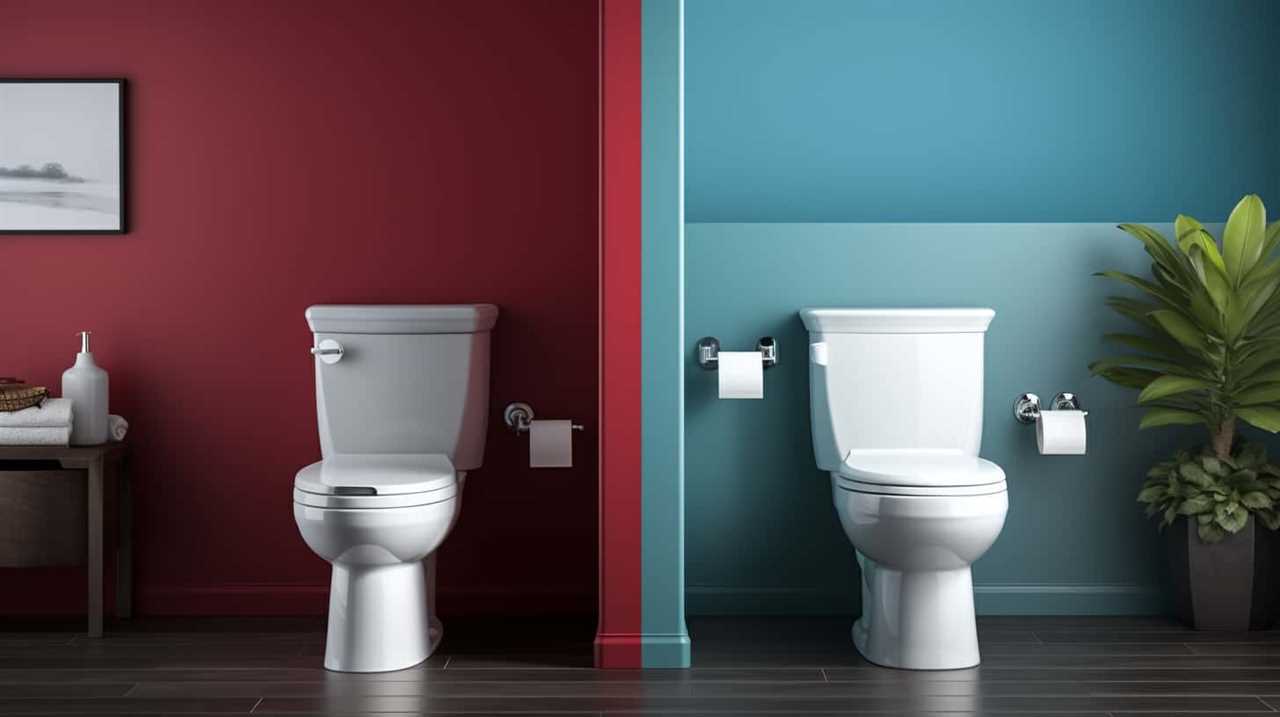
What Are the Possible Consequences of an Improperly Adjusted Float Arm in Relation to Partial Flushing?
When troubleshooting low water levels in a toilet, it is important to consider the consequences of an improperly adjusted float arm. This can lead to issues with partial flushing and may require adjustment or replacement.
Conclusion
In conclusion, a partially flushing toilet can be caused by a few different factors. These include a faulty flapper valve, low water level in the tank, blocked or restricted toilet jets, a malfunctioning flush valve, or an improperly adjusted float arm.
To ensure smooth and complete flushing, it’s important to troubleshoot and fix these issues promptly. Remember, ‘a stitch in time saves nine.’ So, don’t delay in addressing these problems to avoid more significant and costly repairs in the future.



